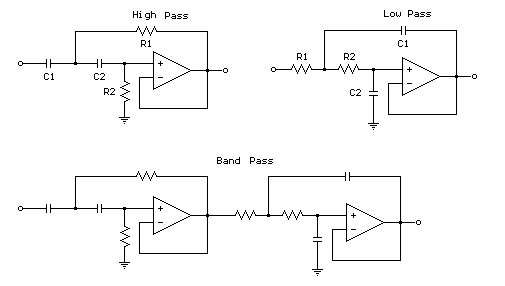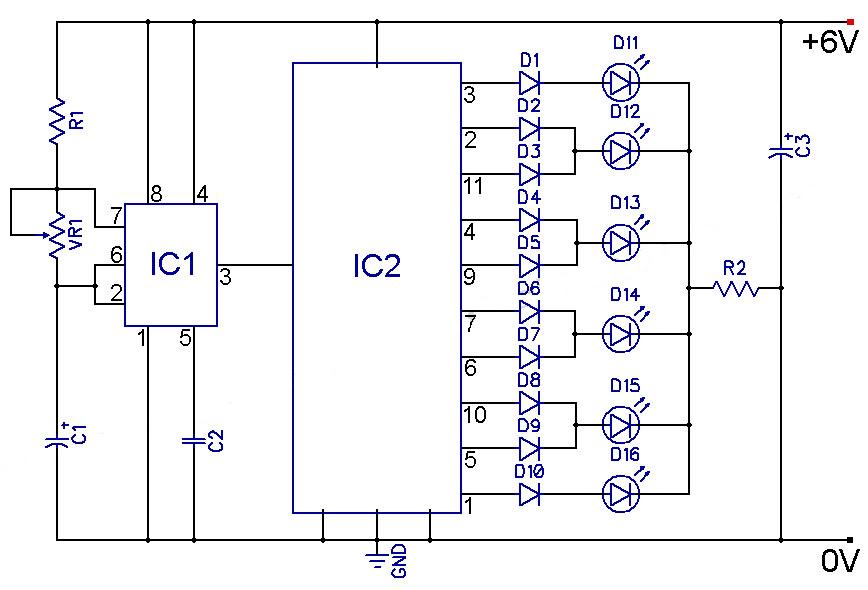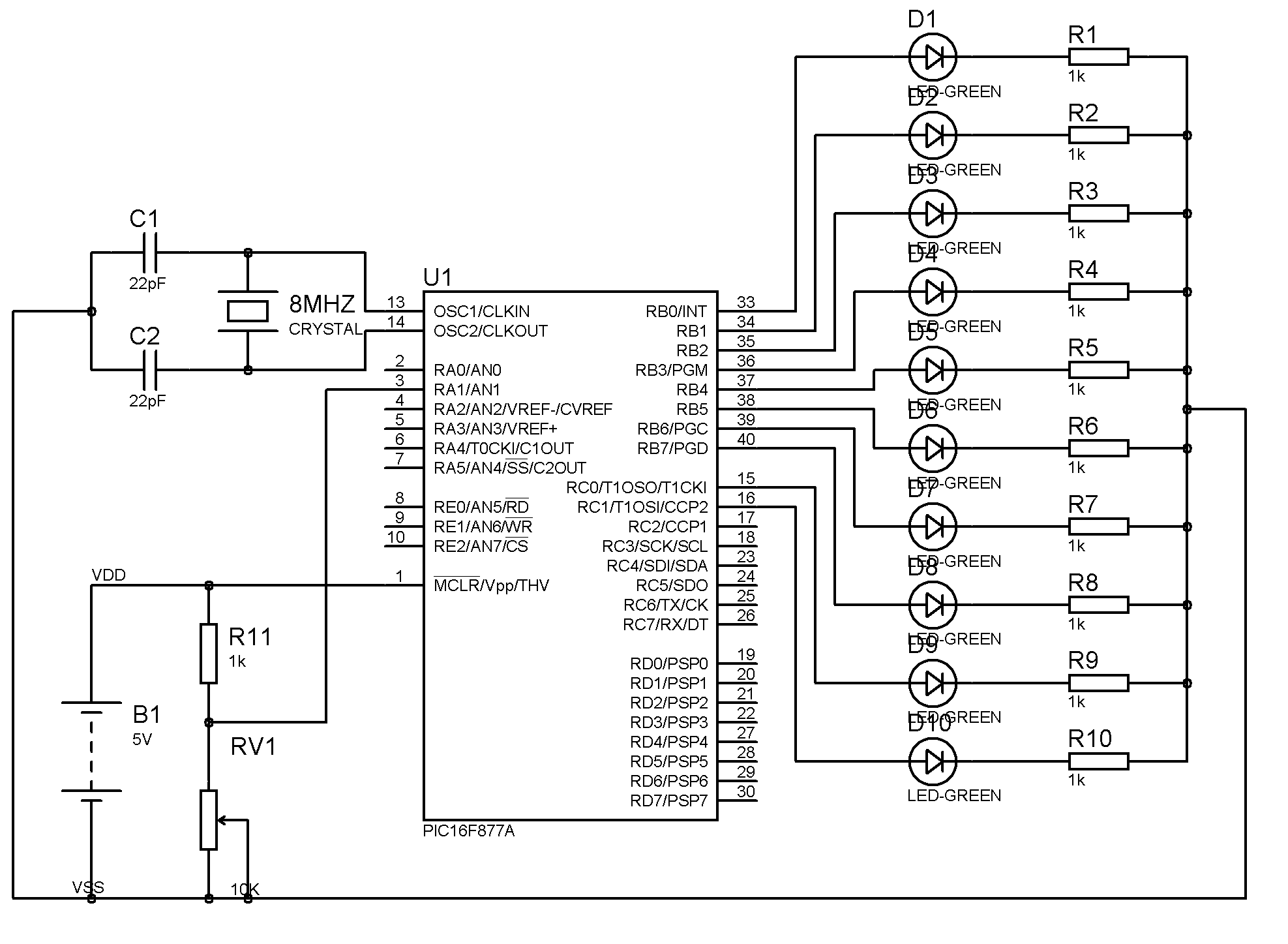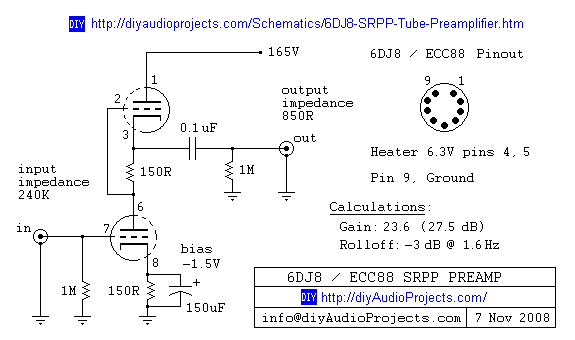
powerful dc to ac converter schematic
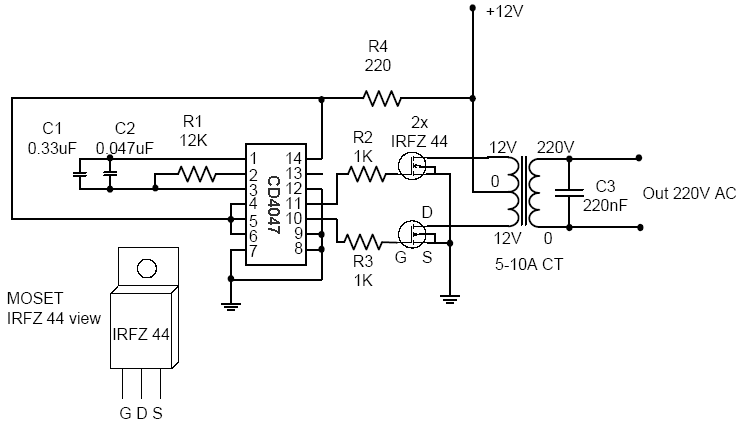
This circuit is very simple, consisting of fewer than 12 components, designed to build a DC to AC converter. The principle of this circuit involves generating a 50/60Hz frequency using the IC CD4047. The output from pins 10 and 11 of the IC drives the MOSFET IRFZ44, which activates the primary winding of an induction transformer, resulting in a high voltage output of approximately 220V AC from the secondary winding. The output waveform is a square wave, which can be modified to closely resemble a sine wave by using a filter capacitor (C3) rated at 220nF. For higher current output (wattage), a high current battery is recommended, and the MOSFETs should be connected in parallel. For instance, to achieve a 240W output, a 20A battery is necessary. Alternatively, using a 24V center-tapped transformer requires only a 24V/10A battery. In practical applications, a 9V center-tapped transformer is commonly used to step up to a high voltage output, while a 12V center-tapped transformer may not be satisfactory due to transformer losses.
This circuit utilizes the CD4047 integrated circuit, which is capable of generating square wave signals at the desired frequency. The frequency output can be adjusted based on the external components connected to the IC. The MOSFET IRFZ44 is chosen for its efficiency and ability to handle high currents, making it suitable for driving the induction transformer. The transformer’s role is crucial, as it steps up the voltage from the low DC input to a high AC output, which is essential for applications requiring AC power.
The output waveform, primarily a square wave, can be smoothed out with the inclusion of a filter capacitor (C3). This capacitor helps to reduce the harmonic content of the output, resulting in a waveform that is closer to a sine wave, which is more suitable for powering sensitive electronic devices.
When designing for higher power applications, it is important to ensure that the MOSFETs are rated for the required current and are adequately cooled to prevent overheating. Parallel configuration of MOSFETs allows for increased current handling capabilities, thus enhancing the overall performance of the converter.
The choice of transformer is also critical; a 9V center-tapped transformer is often favored due to its efficiency in stepping up voltage, while a 12V center-tapped transformer may lead to increased losses and reduced performance. Proper selection of battery voltage and current rating is essential for achieving the desired output wattage, ensuring that the system operates efficiently and reliably.
Overall, this simple DC to AC converter circuit is effective for low-power applications and can be adapted for higher power needs with careful component selection and configuration.This circuit is very simple less than 12 component, to build DC to AC converter. The principle of this circuit is generating 50/60Hz frequency by IC CD4047 and the output complement pin 10 and 11 of IC CD4047 to drive MOSFET IRFZ 44 so induction primary transformer is work and get high voltage at out secondary transformer about 220V AC. The output converter wave is still square wave and more close to sine wave with filter C3 220nF. For more high current output (wattage) use high current battery and the MOSFET must be parallel. For example to get 240W output the battery used is 20A. Or if you use 24V CT transformer you just only use battery 24V/10A. In practice report the commonly is use 9V CT transformer will step up to high voltage output, if using 12V CT transformer were dissatisfied because transformer losses. 🔗 External reference
This circuit utilizes the CD4047 integrated circuit, which is capable of generating square wave signals at the desired frequency. The frequency output can be adjusted based on the external components connected to the IC. The MOSFET IRFZ44 is chosen for its efficiency and ability to handle high currents, making it suitable for driving the induction transformer. The transformer’s role is crucial, as it steps up the voltage from the low DC input to a high AC output, which is essential for applications requiring AC power.
The output waveform, primarily a square wave, can be smoothed out with the inclusion of a filter capacitor (C3). This capacitor helps to reduce the harmonic content of the output, resulting in a waveform that is closer to a sine wave, which is more suitable for powering sensitive electronic devices.
When designing for higher power applications, it is important to ensure that the MOSFETs are rated for the required current and are adequately cooled to prevent overheating. Parallel configuration of MOSFETs allows for increased current handling capabilities, thus enhancing the overall performance of the converter.
The choice of transformer is also critical; a 9V center-tapped transformer is often favored due to its efficiency in stepping up voltage, while a 12V center-tapped transformer may lead to increased losses and reduced performance. Proper selection of battery voltage and current rating is essential for achieving the desired output wattage, ensuring that the system operates efficiently and reliably.
Overall, this simple DC to AC converter circuit is effective for low-power applications and can be adapted for higher power needs with careful component selection and configuration.This circuit is very simple less than 12 component, to build DC to AC converter. The principle of this circuit is generating 50/60Hz frequency by IC CD4047 and the output complement pin 10 and 11 of IC CD4047 to drive MOSFET IRFZ 44 so induction primary transformer is work and get high voltage at out secondary transformer about 220V AC. The output converter wave is still square wave and more close to sine wave with filter C3 220nF. For more high current output (wattage) use high current battery and the MOSFET must be parallel. For example to get 240W output the battery used is 20A. Or if you use 24V CT transformer you just only use battery 24V/10A. In practice report the commonly is use 9V CT transformer will step up to high voltage output, if using 12V CT transformer were dissatisfied because transformer losses. 🔗 External reference

